Work safety and health of employees
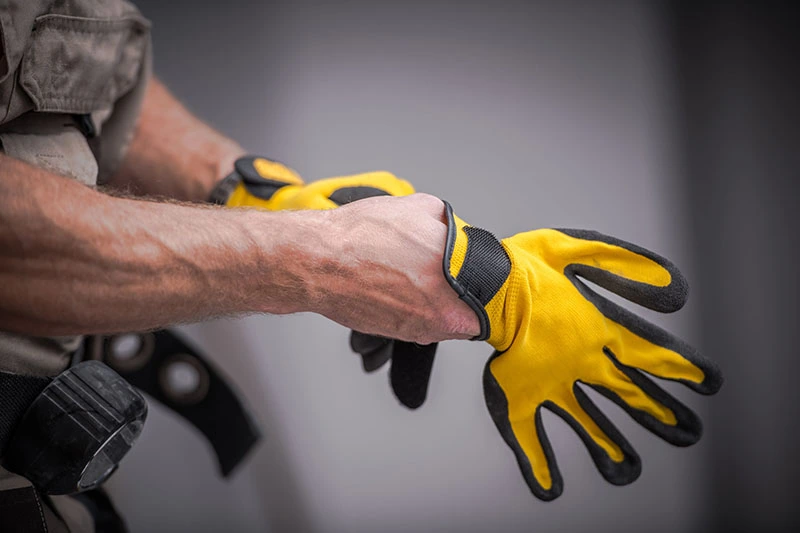
HEALTH PROTECTION
The idea of health protection is to understand the long-term effects of occupational activities on the health of employees and to derive preventive measures to avoid health risks and occupational diseases caused by work. Work processes must accordingly be designed to be as simple as possible for employees and to minimize harmful stresses.
- Occupational Safety and Health Act
- Occupational Safety Act
- Workplace ordinance
- Industrial Safety Ordinance
- Ordinance on Hazardous Substances
- Ordinance on the use of PPE
- Ordinance on occupational medical precautions
- DGUV Regulation 1/BGV A1 „Principles of Prevention“
- DGUV Regulation 2 „Company Physicians and Occupational Safety Specialists“
- „Testing of work equipment and systems requiring monitoring“ (Technical Rule for Industrial Safety, TRBS 1201)
- „Persons qualified for testing“ (TRBS 1203)
- Barrier-free design of workplaces“ (Technical regulation for workplaces, ASR V3 a.2)
- „Safety and health protection labeling“ (ASR A1.3)
- „Measures against fires“ (ASR A2.2)
- „Escape routes and emergency exits, escape and rescue plan“ (ASR A2.3)
- „First aid rooms, means and equipment for first aid“ (ASR A4.3)
SAFE WORKING IN INDUSTRIAL AND COMMERCIAL CONSTRUCTION
WORKING SAFELY IN CIVIL ENGINEERING
- Workplace ordinance (ArbStättV), §§ 3-6 as well as appendix
- Construction Site Ordinance (BaustellV), §§ 2 and 3
- Industrial Safety Ordinance (BetrSichV), §§ 3, 6, 12 and Appendix 1
- Ordinance on Hazardous Substances
- DGUV Regulation 1 / BGV A1 „Principles of Prevention“ §§ 6, 8, 11, 13, 24, 25, 26, 29
- DGUV Regulation 38 and 39 „Construction Work“, § 4, 5, 6
- Rules for occupational safety on construction sites (RAB)
- RAB 30 Suitable coordinator
- RAB 31 Safety and health protection plan (SiGePlan)
- RAB 32 Document for subsequent work
- RAB 33 General principles according to § 4 of the Occupational Health and Safety Act when applying the Construction Site Ordinance
- DGUV Rule 100-001 „Principles of Prevention“
- DGUV Rule 112-139 „Use of personal emergency signal systems“
OCCUPATIONAL SAFETY AT SIVGIN
Occupational safety, health and environmental protection are key components of our corporate policy. In order to integrate these effectively into our work processes, we decided at an early stage to implement the internationally recognized occupational safety management system SCC (Safety Certificate for Contractors). The safety and health of our employees is our top priority. We are convinced that occupational safety and health represent sustainable investments, as employees can only realize their full potential if they work in a safe environment. Occupational safety is therefore an integral part of all project process steps at our company. The safety and health of our employees are systematically considered in all our work processes to ensure organized occupational safety. We also continuously review improvement measures and adapt our occupational safety measures accordingly.
This approach pays off:
accicdent-free for
days
We see occupational safety as a qualification task: Effective occupational safety requires sound knowledge. Accordingly, the qualification and further training of our employees in this area is extremely important to us. Both our employees and our managers regularly attend training courses to further their knowledge of occupational safety. We make this transparent through the SCC certification of the DEKRA Academy: All our operational employees complete examinations in which the topics of safety, health and environment are queried. In addition to the legal requirements as a basis, our employees have sound knowledge in the areas of accident prevention and risk assessment, so that they follow safety-oriented behavior patterns in their work processes. Occupational safety is also the first premise in the operational organization, the design of the workplace and the handling of work equipment and personal protective equipment. It goes without saying that our employees are familiar with all emergency measures and their procedures, are proficient in handling hazardous substances, electricity and radiation, and work strictly in accordance with fire and explosion protection specifications.
The certification of our complete safety management system by the SCC procedure also ensures that all safety, health and environmental protection requirements are taken into account and guarantees compliance with the relevant standards.
We are familiar with
- Legislation concerning health and safety at work
- Causes of accidents and behavioral patterns in case of an accident
- Hazardous substances
- Fire and explosion risk
- Tools and machines as well as welding and cutting
- Transport of heavy loads and stumbling risks
- Working on high altitude and deep down
- Personal protective equipment
- Working in containers and narrow spaces
Our safety officer can inform you also about
- Legislation concerning health and safety at work and European guidelines
- Causes of accidents and conclusions for industrial safety
- Methods enhancing industrial safety
- Work permit
- Risk analysis and assessment/li>
- Emergency planning and first aid
- Fire and explosion protection
- Handling of hazardous substances
- Water legislation
- Workplace ergonomics
- Alcohol and drugs at work
CURRENT TOPICS IN THE FIELD OF WORK SAFETY
Safe working on construction sites in winter
Low temperatures and difficult weather conditions are additional risks in winter season. We consider winter service already in the planning phase, in order to ensure safe working conditions. On construction sites and in shell constructions road safety and accordingly winter service is required. To prevent accidents and colds, protective equipment comprising functional weather protective clothes, foot protection and helmet with winter expansion is essential.
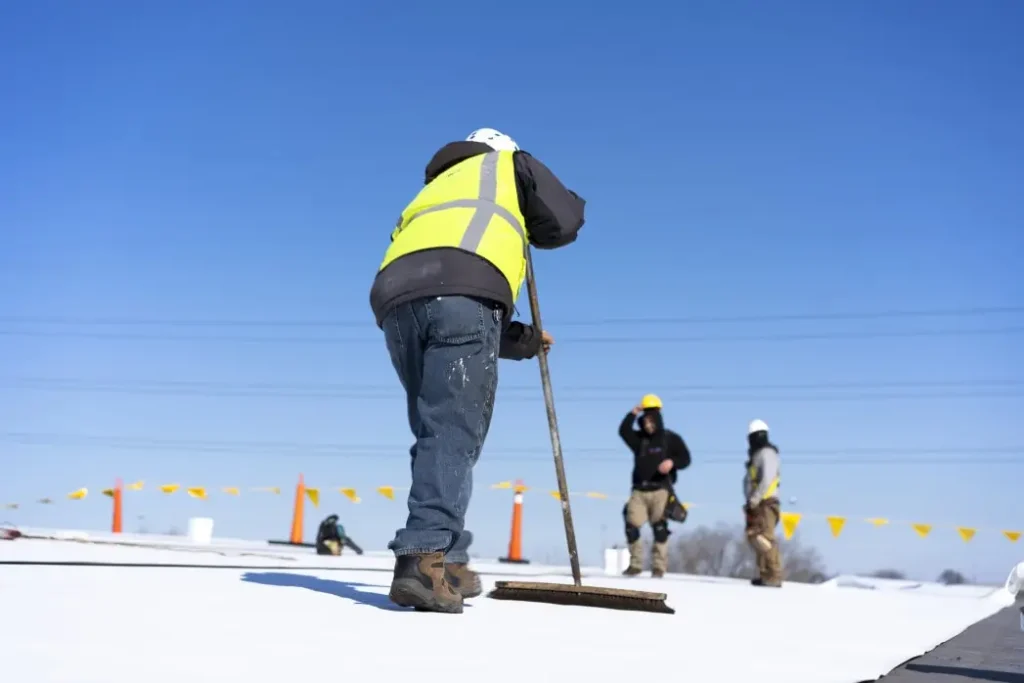
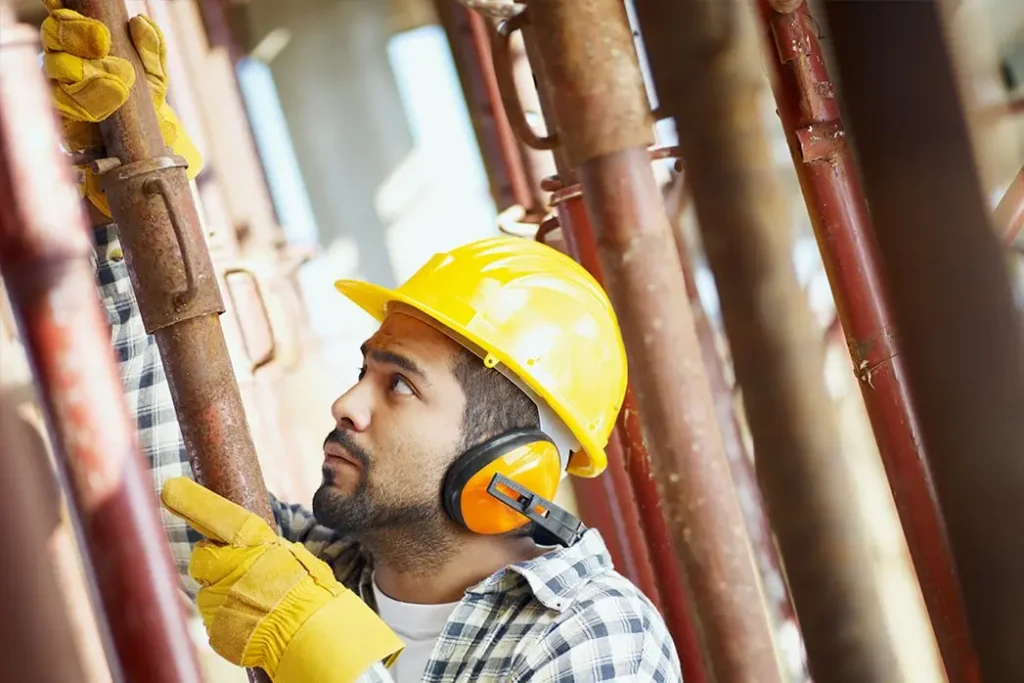
Safe work on construction sites in spring
In spring, weather conditions can fluctuate massively, and employee clothing must be adapted to sudden temperature changes. We ensure that our employees are always equipped with a warm change of clothes to prevent colds.
Working safely on construction sites at the height of summer
The high temperatures of recent summers have made the work of our employees considerably more difficult. We make sure that our employees drink enough fluids, take breaks in places protected from light, and use heat-repellent materials in our protective clothing to protect their safety even in these enormous stress situations.
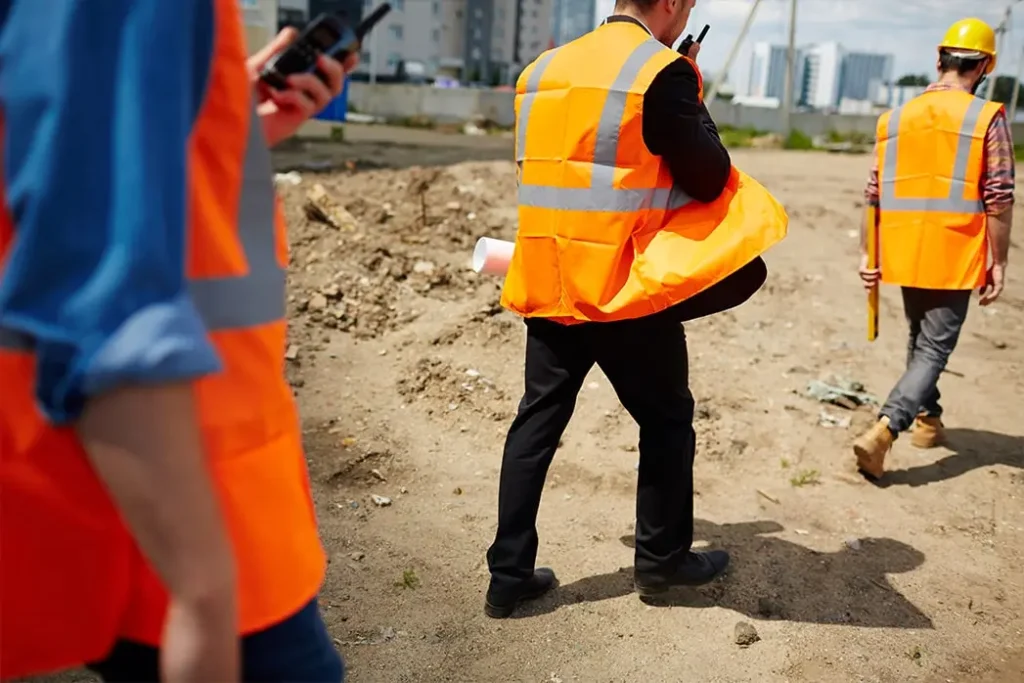
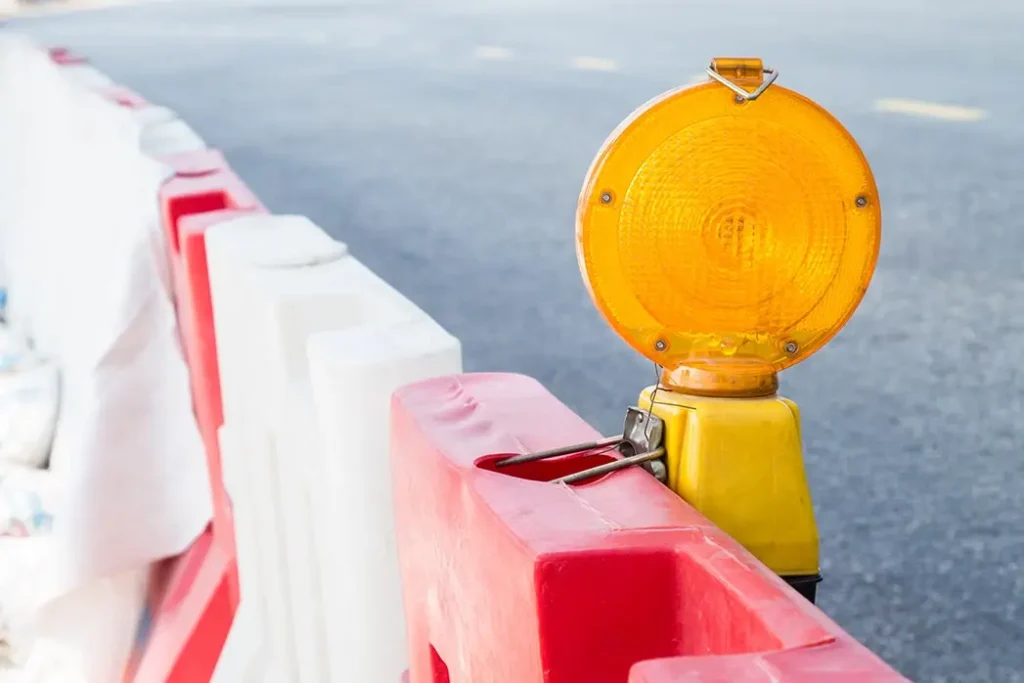
Working safely on construction sites in autumn
Wet cold weather, changing light conditions as well as wind and storms present challenges in fall. We ensure that our employees are provided with the appropriate equipment to work safely even in adverse autumn weather conditions.
SAFE WORKING ON CONSTRUCTION SITES ABROAD
Assignments abroad involve besides weather conditions factors as communication, way to work, new circumstances and processes on construction sites. Primary threat arises from a lack of consideration in the planning phase, forcing employees to improvise. Due to extensive project experience in several European countries we are aware of the processes, e.g. in Belgium and Luxemburg. Our internally developed and established preparation mechanisms allow an early identification of risky situations and ensures work safety of our employees in new settings.
Copyright © 2025 | SIVGIN Kabelverlegung – SIVGIN Tiefbau | All Rights Reserved



